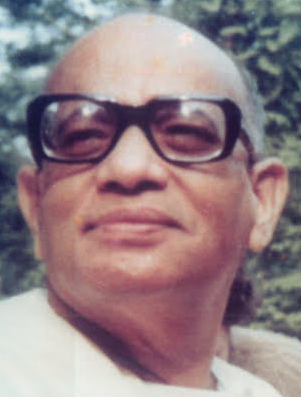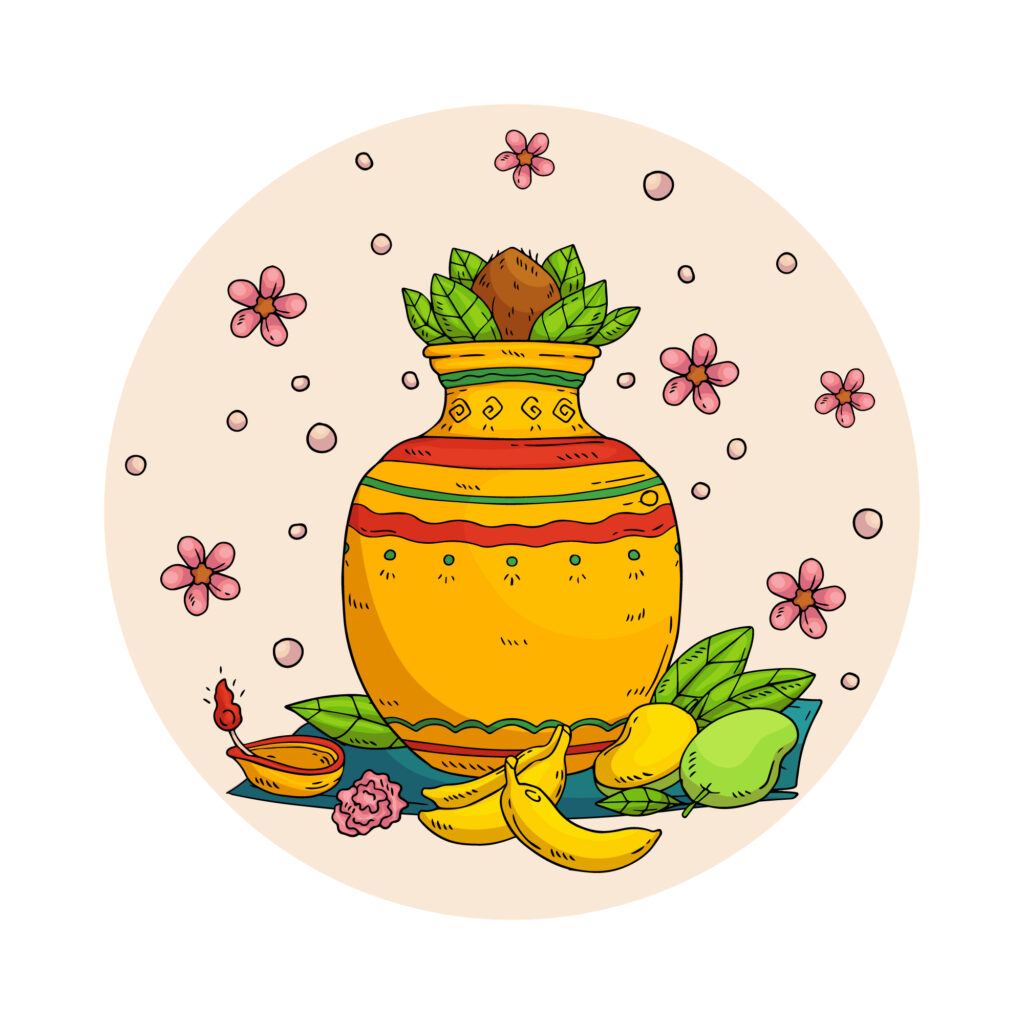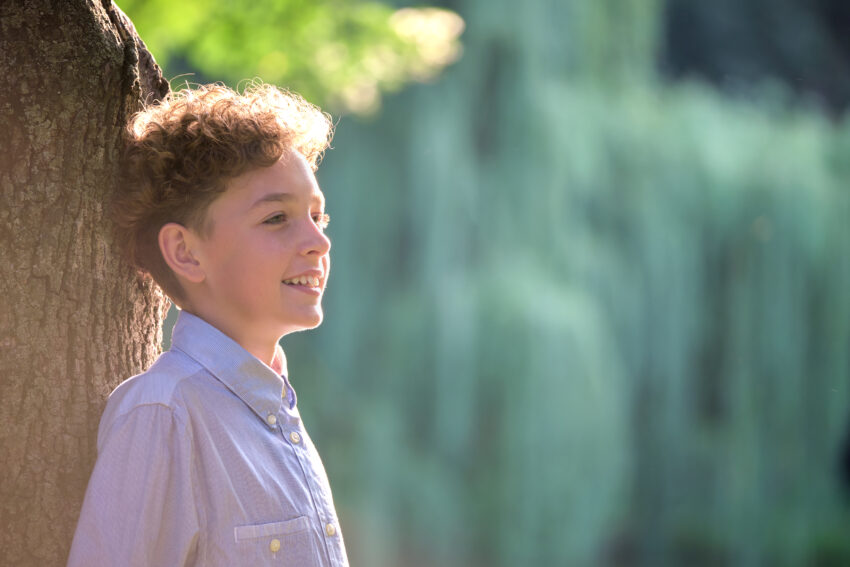
The object of the art of healing is to cure a patient, both physically and mentally. So the main question is not to uphold any particular school of medical science; rather, the key task is the welfare of the patient. Just as diseased body organs can be restored to normal by administering medicines internally or externally, they can also be healed, more safely and more perfectly, with the help of yogic ásanas and mudrás.
The welfare of the patient should be the main aim of the medical profession, regardless of the philosophical or logical ramifications of a particular system of medicine. Doctors may find it somewhat difficult to work with such a principle, because it is unreasonable to expect them to be experts in all the medical systems. In reality, it is highly unlikely. Nevertheless, what is not possible in a doctorʼs chambers may be possible in a hospital.
In the hospitals of some countries the welfare of the patient is given top priority and the patient is treated accordingly. Immediately after being admitted, he or she is thoroughly examined by an appropriate board of doctors who determine the most suitable system of medical treatment. In other words, if the patientʼs disease can be easily cured by allopathy, he or she will be treated by an allopath; if by homeopathy, by a homoeopath; if by naturopathy, by a naturopath; and so on. If various types of treatment are available, changing from one type to another will not be difficult in the event of the patient not responding to a particular type of treatment.
The healing power of nature cures disease; medicine only helps nature. The mind of the patient helps to activate the healing power of nature. If a doctor in whom the patient has complete faith prescribes water instead of medicine the patient will be quickly cured, but if the patient regards the doctor as a quack the disease will not be cured, even if the purest medicines known to medical science are prescribed and properly administered. It is obvious then that the disease is actually cured by the power of the mind, the medicine being secondary.
A disease can be mental or can be physical. Similarly, medicine may be mental or may be physical; hence it is most desirable and productive if both kinds of medicine are administered simultaneously in all diseases, whether they are physical or mental. Those who only believe in psychological treatment for mental disease know from experience that such treatment will not permanently cure the disease and the patient will soon relapse. Only where, along with psychological treatment, guidance concerning diet, bathing and behaviour is given, and to normalise the diseased glands of the body medicines prepared from the five fundamental factors are prescribed, can the disease be permanently cured.
In the same way, if patients suffering from a physical disease are given proper medicine, food, light and air but at the same time are subjected to constant criticism and humiliation, it will be difficult for them to fully recover. Even though some people have everything they physically need, they become mentally debilitated, like a worm-eaten, withered flower. So it is evident that patients suffering from a physical disease need proper psychological treatment and a congenial environment in order to maintain their mental health.
Traditional Healing Modalities
The most common method is to fight disease with strong pills and injections. Allopathy, ayurveda and hekemii can be included in this group because they use strong medicines and also venom as a medicine, although their methods of diagnosis and remedies differ. In this method of treatment the selection of medicines involves great risk, because more emphasis is placed on the indications of the disease than on those of the patient, and because of the possibility of causing death.
The great danger in diagnosing illnesses and prescribing medicines according to the germs and diseases present in the body is that it is nearly impossible to arrive at a firm conclusion about the precise nature of germs. Whether diseases are caused by germs or germs are created from diseases which are caused by other factors is a matter of controversy.
The symptoms of one disease may be identical to those of another, and the remedy for one may prove to be completely ineffective or even harmful in the case of the other. Moreover, as poisons are used, they may seriously affect the vitality of the patient. Just imagine, if the doctor is incompetent or is completely motivated by a business mentality, what will the plight of the public be?
There was a time when diagnosing illnesses and prescribing medicines were not very difficult because diagnoses were based on three constituents of the body – air, bile and phlegm – with blood as a fourth constituent. But increased physical and glandular complexity has led to a corresponding increase in the number and complexity of diseases. So to what extent can this method of diagnosis be useful to a doctor? Is it not simply guesswork to prescribe medicines for a particular disease when the medicine is prescribed for the disease but the disease is diagnosed according to the bodily constituents? If you mentioned this to an allopath, ayurvedic doctor or hakim he or she would probably hand over his or her stethoscope or mortar and pestle and reply, “Here you are, sir. You had better treat the disease yourself.” This, of course, is an angry remark. While I recognise that a lay person should not have the audacity to counsel a doctor, I must also point out that everyone has the right to consider the merits and demerits of a particular type of medical treatment.
Homeopathy
The principles, application and philosophy of homoeopathy are completely different from the above medical treatments. Homoeopathy treats the symptoms of the patient, not the disease or its symptoms. So there is very little possibility of causing harm, even if the diagnosis is not quite correct. A doctor with good powers of observation and a subtle sense of discrimination can easily prescribe remedies according to the patientʼs symptoms. Another speciality of homoeopathy is that medicines are administered in subtle doses, not in the form of strong tablets, and such doses quickly become active in the molecules of the patientʼs body as well as in his or her mental sphere.
The greatest difficulty with homoeopathy is that it is based upon the subtle intellect of the doctor, and to achieve such a degree of subtlety regular, sustained effort is absolutely essential. Yet homoeopathic treatment is generally quite slack, and slackness is particularly evident in the proficiency of homoeopaths. Anybody can become a homoeopath by studying a few books. No one will object. In most countries there are no proper regulations either.
The value of the principle like cures like (shama samaḿ shamayati; similia similibus curantur)] has been understood by human beings since the age of the Mahábhárata, but it was Mahatma Hahnemann who brought it to the scientific level through his system of homeopathy. People realised the value of this principle during the Mahábhárata age from the poison treatment of the poisoned Bhiima. There were considerable advances in Ayurveda in poison research, especially with snake, scorpion, spider and hornet poisons. Within Ayurveda, members of the royal family of Cochin in the state of Kerala were pioneers in this. At one time there was a good deal of individual research into poison treatments. My maternal grandfather, the late Dr. U. M. Basu (allopath) conducted research into the medicinal use of scorpion poison, but he died before his research findings could be properly documented. The science of allopathy does not seem to have made much progress in these treatments, but there are endless opportunities for making progress in this respect.
Naturopathy
Naturopaths do not believe in using medicine. They think that it is possible to cure patients through the gifts of nature only – through earth, water, light, heat and air, together with a proper diet. I do not deny that this is possible, but it is also often difficult to gradually and completely attune the body to nature. People should recognise that medicine does not cure disease, rather nature cures disease with the help of the bodyʼs own healing power. Medicine only helps to accelerate the activity and speed of the healing process.

In cases where disease is caused by unnatural activity, I do not see the harm in using medicines to help nature. Just as earth, water and air are medicines, are not various types of medicines also prepared by selecting ingredients from nature? Of course precautions must be taken when using medicines to help the healing power of the body, to ensure that they do not cause physical side-effects or psychic disturbances. Where a person has not engaged in unnatural activity, he or she may still contract a disease due to pollution in the air, earth or water. In such cases is it possible to attune the body to nature? Furthermore, the diets and lotions prescribed by naturopaths are often very expensive and beyond the means of the poor.
Not only humans but many other creatures as well are more or less familiar with medicines. However, since ancient times many non-human creatures have considered fasting or deliberate abstinence from food as their natural medicine. You will notice that dogs and certain other animals abstain from eating if they feel a little ill. You also often do not feel like eating when you feel somewhat physically out of sorts.
Some contemporary physicians advise their patients, and even pressure them, to eat even when they do not have any appetite. This, however, goes against the laws of nature. It is natural for a sick creature to feel an aversion for food, unless they suffer from the disease of overeating. By not eating, certain organs of the body enjoy a temporary rest. As a result, after the fast the organs are rejuvenated and reenergized and a feeling of wellbeing returns to the physical body. So not only in the case of prehistoric humans, in the case of the prehistoric animals as well, the ancient, pure and chief medicine was fasting or voluntary abstention from food.
There are many healing elements in sunlight. The rays or pencils of rays of different colours in sunlight are medicines for different kinds of diseases – preventive and antidotal. Sunlight has different benefits during different hours of the day. Sun-warmed water also has different kinds of benefits. Thus sunlight has been regarded since ancient times as medicines for different bodily ailments. … The medicine, that is, sunlight should be taken in through the dorsal spine, not through the chest or the abdomen.
Moonlight is not a medicine like sunlight is. Rather moonlight often overwhelms the mind with a different kind of emotion. However, the qualities of medicinal herbs and plants are affected according to the difference in moonlight, that is, in accordance with the lunar day and lunar fortnight. So there are rules for removing medicinal plants from the soil, preparation of medicines and their uses in accordance with the lunar day. The medicinal qualities undergo changes during the different periods of the day, so one should use medicines with that factor in mind; at least it is better if it is done so. Those medicinal herbs and plants or those medicines whose qualities are affected according to the difference in lunar day or planetary position are called kulyá.
The pure air of a secluded place is also an excellent medicine for the physical body. This medicine in the form of air should be taken through the back of the head and the upper part of the forehead. The earth from a riverside area near a forest in which there is a small amount of sand and a large amount of soil is also an excellent medicine for the physical body. This medicine should be taken bare-bodied on a bed of earth.
Odorless, tepid water, especially if it is sun-warmed, is an excellent medicine for the physical body. It has great healing qualities. Since ancient times, knowingly or unknowingly, human beings and different animals have also accepted water as one of their medicines.
Soil possesses great curative properties. With cuts, scratches, sores and boils, if soil is applied properly, it can be especially helpful in curing the disease and drawing out the poisonous substances. If the mud pack starts cracking within about three hours after drying, or if the pack becomes stale, then the pack should be thrown away. The wound should then be cleansed carefully with some antiseptic, and after giving it a sun-bath, a fresh pack should be applied. Healthy persons or persons suffering from skin disease should smear their bodies with yellow soil, massage themselves, then immerse themselves in a river or in a pond. This will certainly give good results. It is desirable for everyone to use this mud-massage now and then when they bathe. Those who are suffering from leprosy or other diseases characterised by contaminated sores should definitely have such a mud-massage followed by a bath every day.
In September 1990, the author founded Auyrveda and Homeopath colleges, and NATAC, a Naturopathy, Acupuncture and Chandsi institute, at Anandanagar, West Bengal, India.
Sources
Preface and Appendix, Yogic Treatments and Natural Remedies (1958).
Various Occupations, Human Society Part 1 (1959).
The Medical Science of the Age, Discourses on the Mahábhárata (1967).
Kulya to Kuvela (Discourse 34), Shabda Cayaniká Part 5 (1986).


Excellent article on “Mind Aids In Activating Nature’s Healing Power” by Shrii P.R.Sarkar. He always propagate the concept of integration of various pathies for the betterment of human health. In this regard I would request readers to go through the article entitled “Integrated Medicine – The Need of the Hour” published in Bull. Microvita Res. Integr. Med. 2023;15(2&3) :20-27